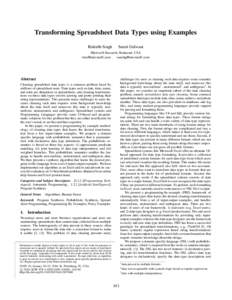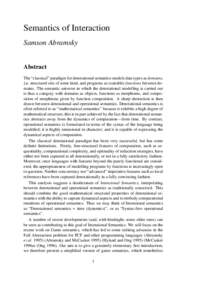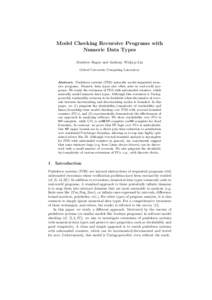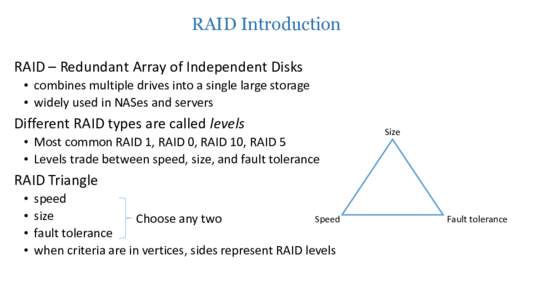<--- Back to Details
| First Page | Document Content | |
|---|---|---|
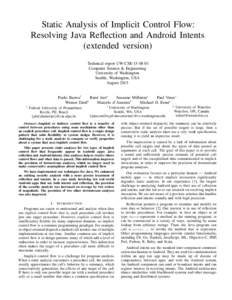 Date: 2015-09-05 00:16:54Software engineering Computing Computer programming Type theory Data types Object-oriented programming Concurrent programming languages Type system Scala Intent Type safety Java |
Add to Reading List |
 Static Analysis of Implicit Control Flow: Resolving Java Reflection and Android Intents (extended version) Technical report UW-CSEComputer Science & Engineering University of Washington
Static Analysis of Implicit Control Flow: Resolving Java Reflection and Android Intents (extended version) Technical report UW-CSEComputer Science & Engineering University of Washington